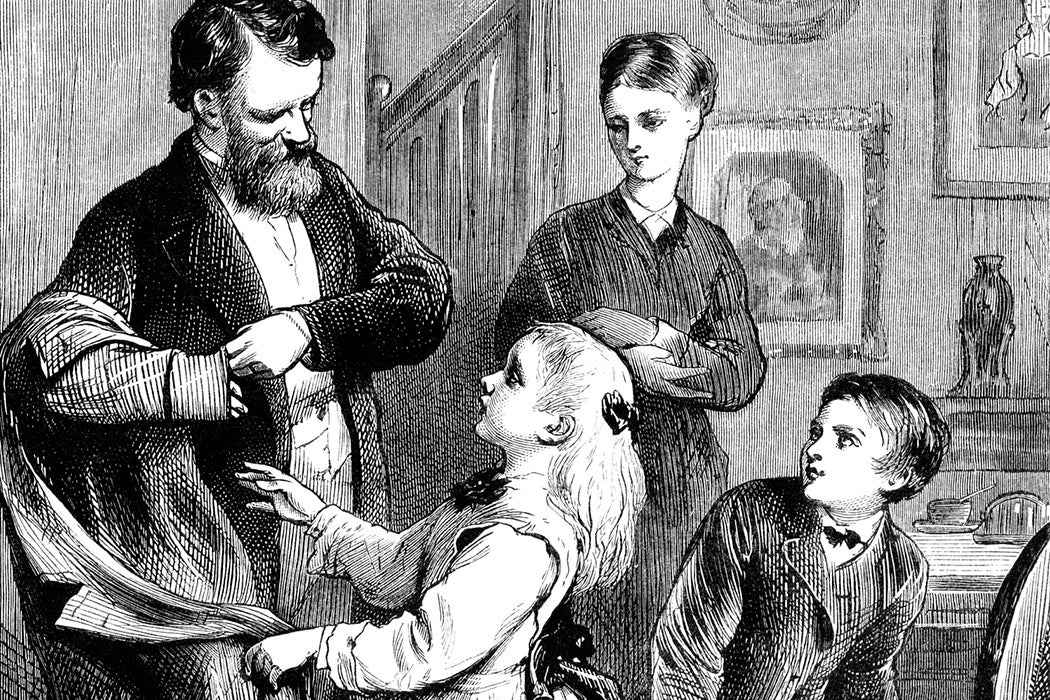It’s a fundamental tenet of American law that marriage is a private arena that should be kept outside government control. But, legal scholar Arianne Renan Barzilay writes, from a certain angle that’s not really how it works. For more than a century, employment laws have been designed to create a certain model of husband-wife relations.
Barzilay begins her story in the 1840s, a time when most men and women lived and worked on farms so the question of who “goes to work” and who stays home was not yet broadly relevant. However, even then, she writes, American women were becoming increasingly critical of the idea that marriage should be a hierarchical relationship with the husband having control over his wife and children.
Over the decades that followed, some women sued for control over separate property, the right to divorce, and custody over their children. By the late nineteenth and early twentieth century, rising numbers of college-educated women were forgoing marriage, choosing professional work instead. Some commenters fretted that the family as an institution could dissolve.
Meanwhile, increasing numbers of young women were going to work in factories and freely interacting with men in public spaces. Some low-paid women workers received gifts from men they dated or occasionally engaged in some types of sex work—a fact that drew intense concern of many social reformers.
“This linking of women’s employment in factories so closely with prostitution reflects the notion that women’s work per se was often considered immoral and inappropriate,” Barzilay writes.
In this context, all-male labor unions called for “protective” legislation removing women from many jobs or limiting their working hours. This was a bid to prevent women from undercutting the wages of union men while also creating an expectation that men should earn enough to support their wives and daughters.
In contrast, some working-class women wanted the law to equalize the treatment of women and men in the workplace. In 1912, shirtwaist organizer Mollie Schepps responded to fears that better employment for women would imperil marriage: “If long, miserable hours and starvation wages are the only means man can find to encourage marriage, it is a very poor compliment to themselves.”
Weekly Newsletter
During the Great Depression, the government became increasingly sensitive to the concern that women were taking jobs away from men. In 1932, Congress prohibited the government from employing married women if their husbands also had federal jobs. And the groundbreaking 1938 Fair Labor Standards Act not only protected workers but also enshrined the breadwinner model. Its supporters’ consistent argument was that men should be able to support a family. It was structured not to eliminate long working hours but to require overtime pay, which encouraged the single-earner dynamic. And its language ended up leaving out many women (as well as many immigrant and African-American men) who worked in jobs like retail, agriculture, and cleaning.
“Labor legislation did much more than regulate hours and wages,” Barzilay concludes. “It regulated family.”







